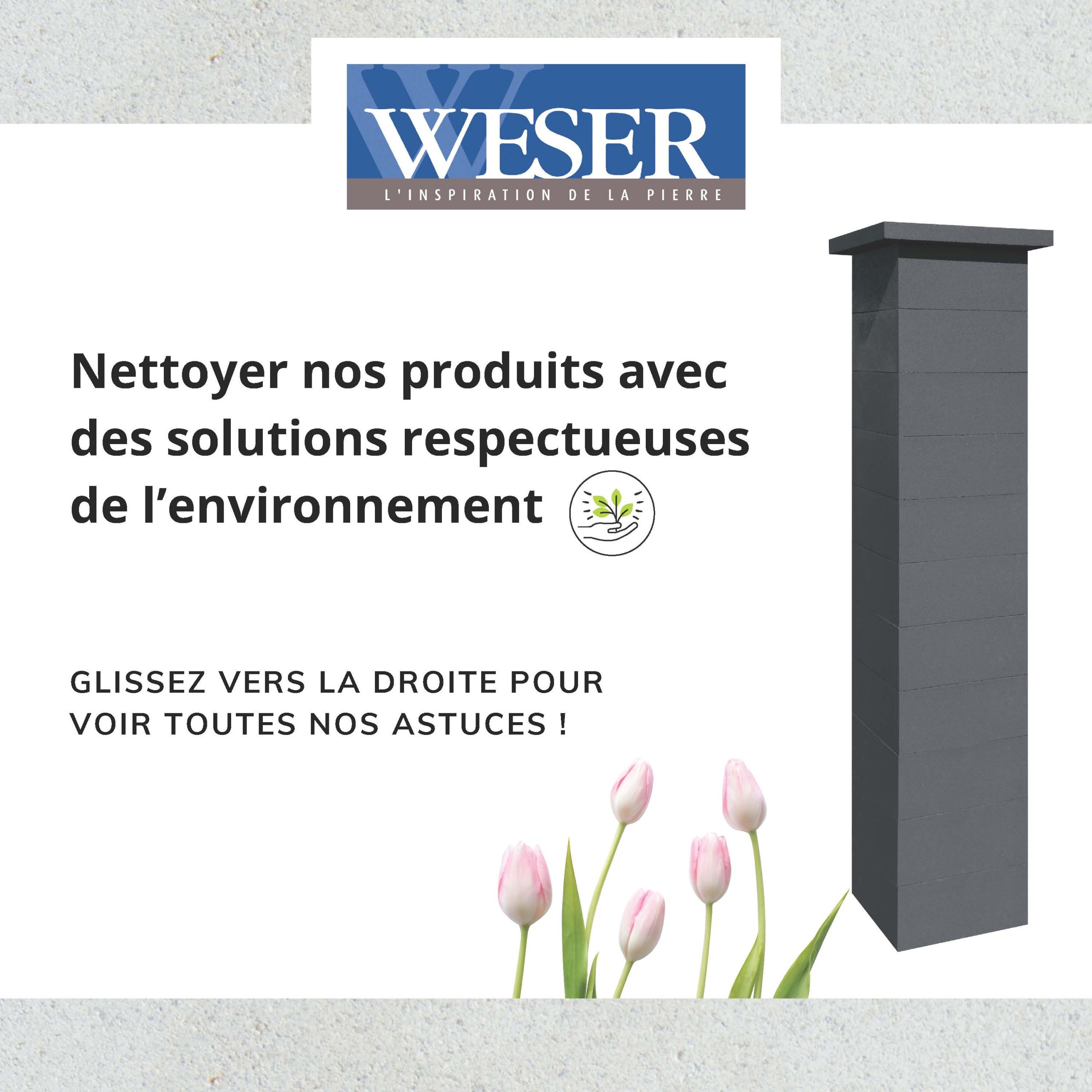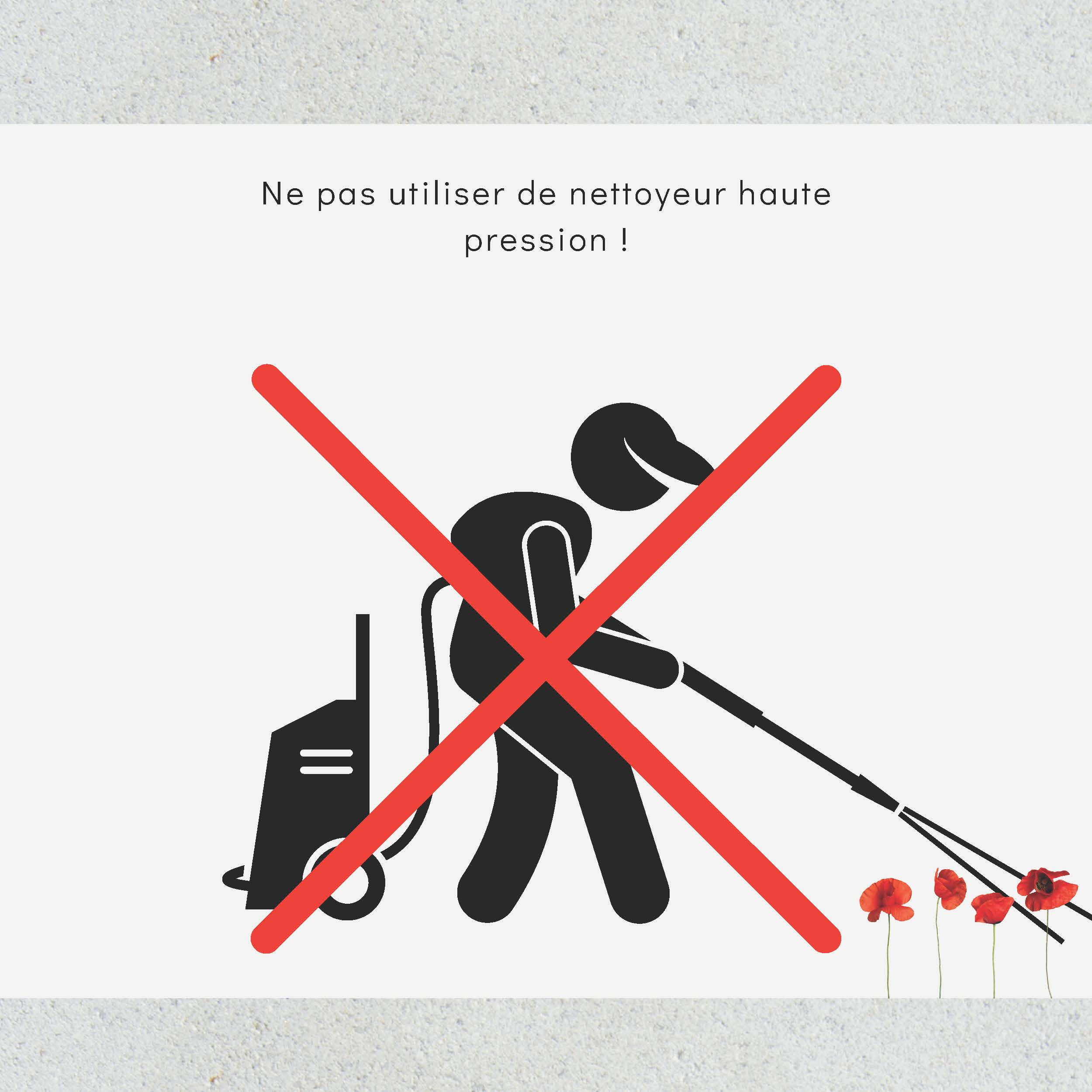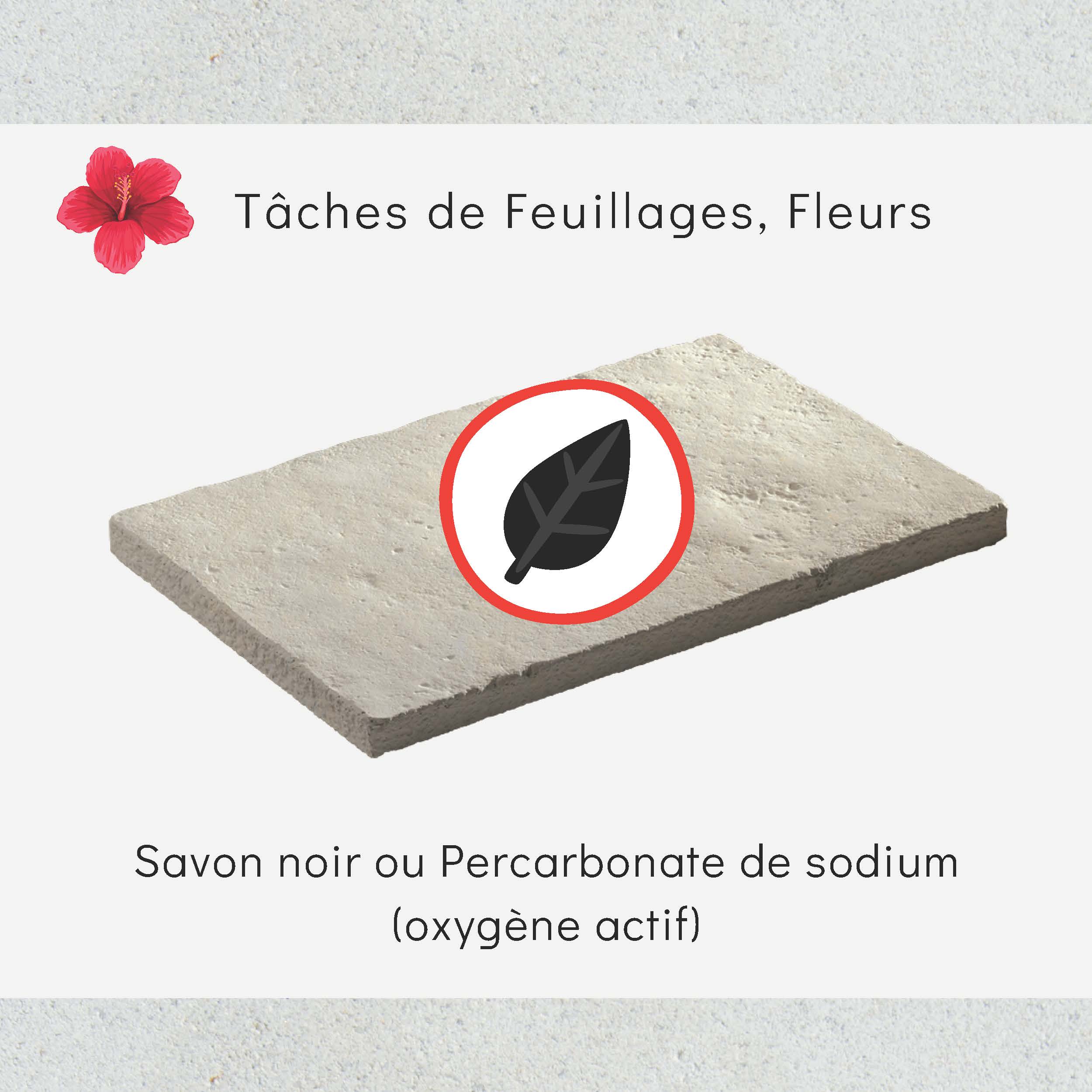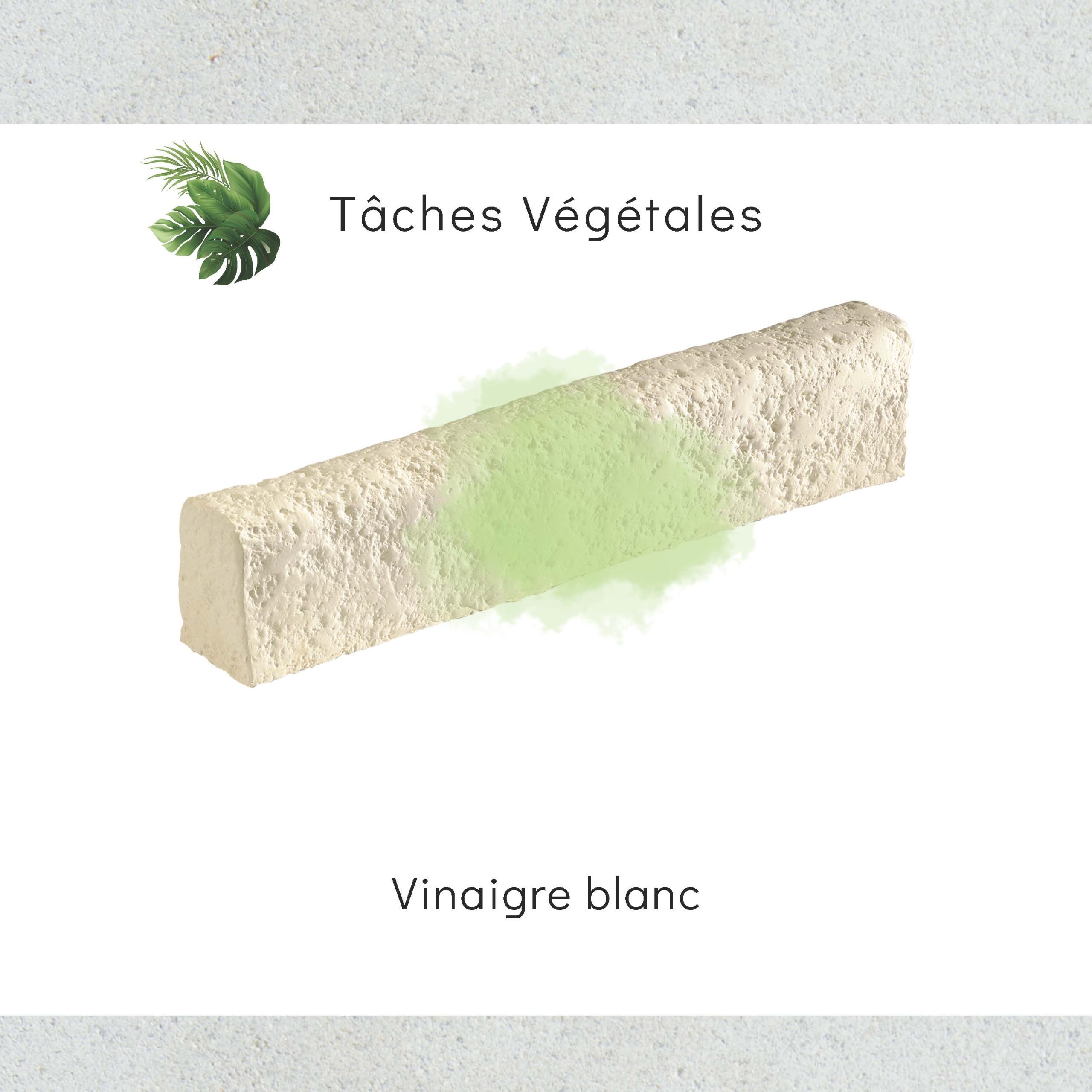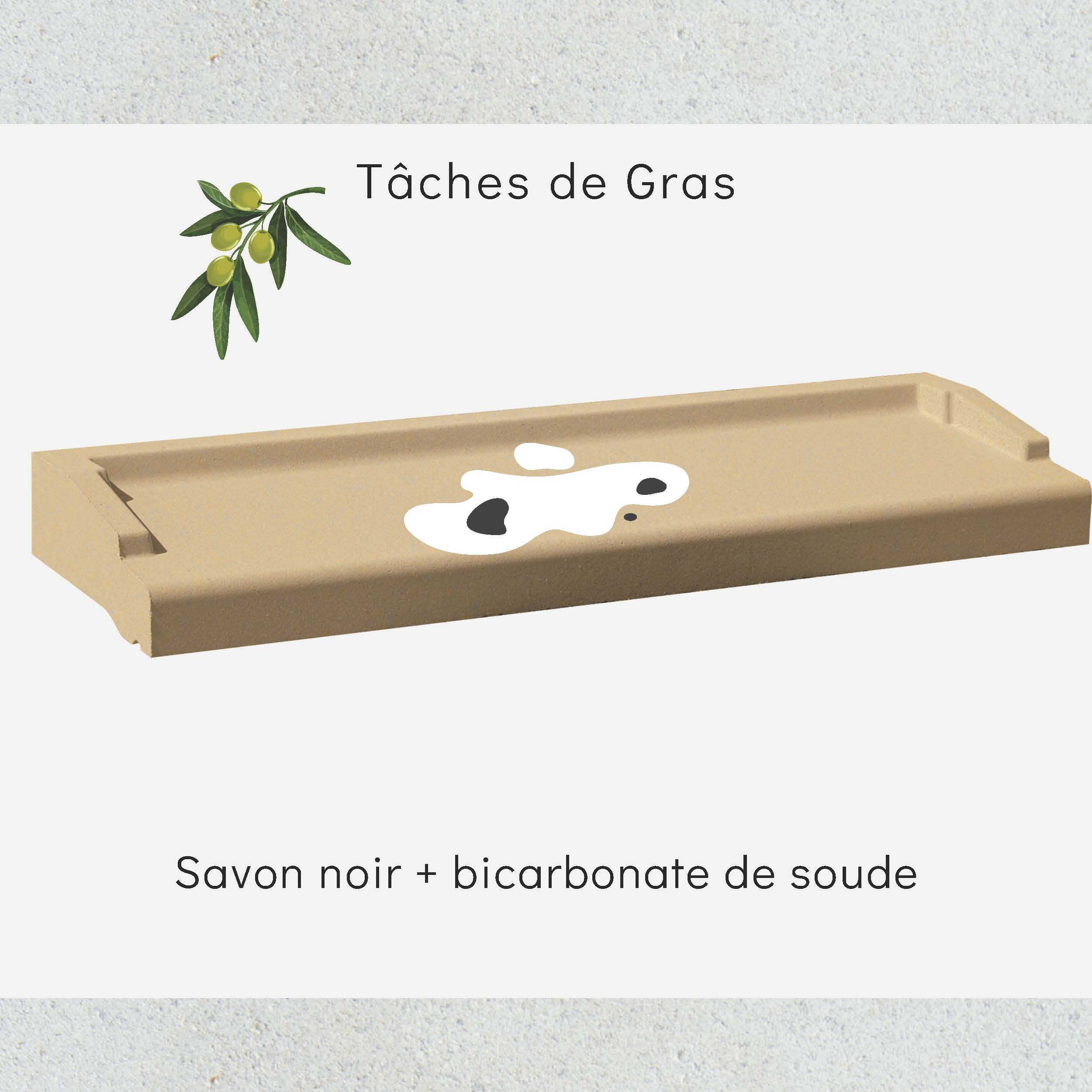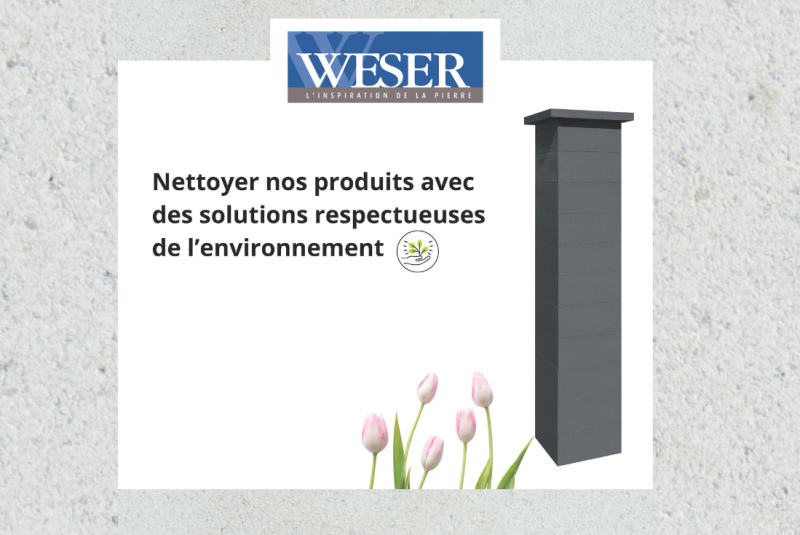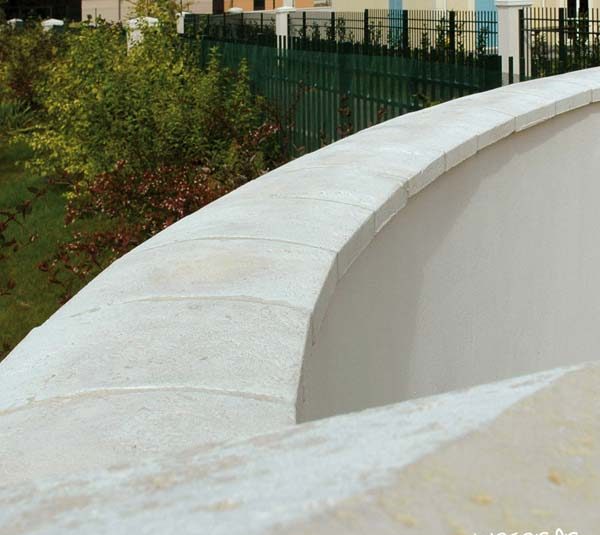Eco-responsible concrete cleaning: the ultimate guide
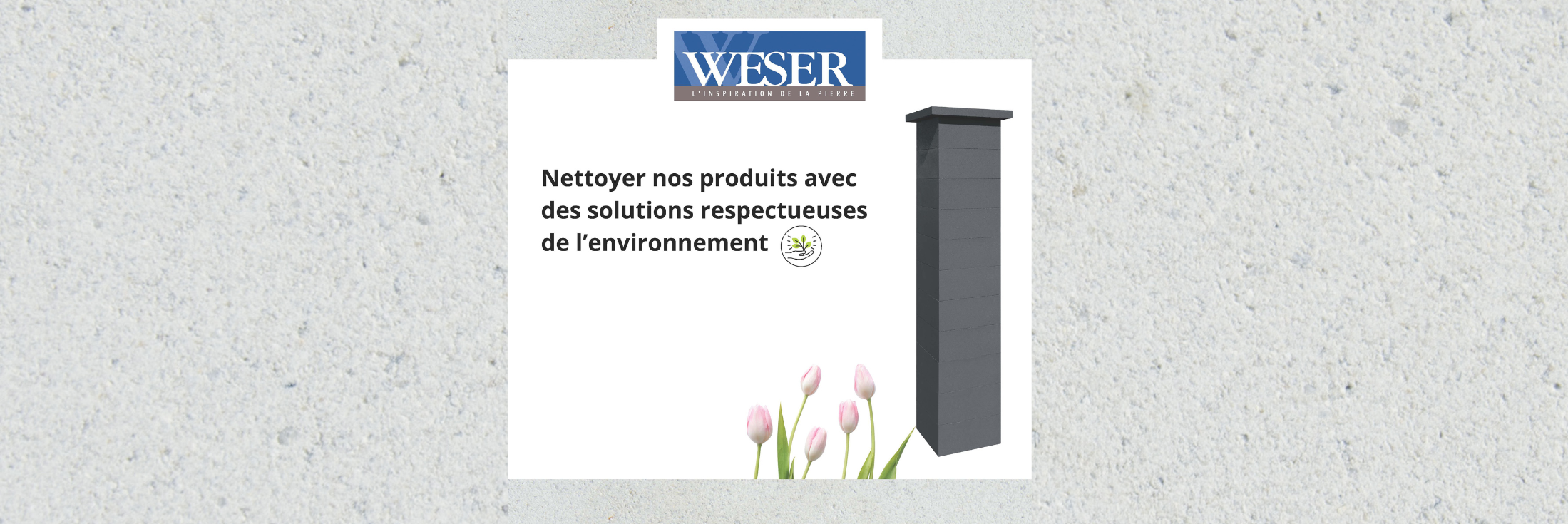
To welcome the summer season without compromising the health of your garden or driveways, adopt eco-responsible concrete spring cleaning. This guide presents five families of common stains and details environmentally-friendly solutions for each one – from commercially available biodegradable products to recipes based on simple, accessible ingredients. You’ll be able to restore shiny concrete, without resorting to strong acids or harmful solvents.
1. Removing rust stains
The rust-orange veins that appear after winter often spoil the appearance of your slabs and walls. For an eco-responsible concrete spring clean to combat rust:
- Ready-to-use organic stain remover
Choose a certified biodegradable product, based on plant extracts, that dissolves rust without damaging the surface or impacting the surrounding flora. - Homemade lemon + bicarbonate paste
Squeeze the juice of half a lemon, add 2 tablespoons baking soda and mix to form a paste. Apply to the stain, leave for 10 minutes, rub gently, then rinse. - White vinegar and soda crystals
Create an effervescent paste with two parts vinegar to one part soda crystals. The foaming action facilitates rust removal: let bubble, brush, then rinse.
2. Treating efflorescence
These white deposits, made up of mineral salts, can make concrete look dirty. For safe, natural maintenance:
- Mild organic acid solution
Choose a cleaner based on dilute citric or acetic acid, which dissolves crystals without fierce chemical reactions. - White vinegar diluted 5%
Spray on affected area, leave for 5-10 minutes, brush with stiff broom, then rinse. The absence of hydrochloric acid preserves the integrity of the material. - Concentrated enzymatic cleaner
Enzymes target and break down mineral deposits, without corrosion or danger to neighbouring plants. Leave to act according to manufacturer’s instructions, then rinse.
3. Removing organic stains
Wilted flowers, rotting leaves or algae: these residues often leave pigmented halos.
- Sodium percarbonate (active oxygen)
Mix 50 g of percarbonate in 5 L of hot water. Apply, leave for 15-30 minutes, then rinse. Oxygen bubbles break down organic molecules without polluting. - Liquid black soap
Just a few spoonfuls in a bucket of lukewarm water. Scrub with a soft brush, then rinse with clean water. Ideal for gentle, eco-responsible spring cleaning. - Organic multi-purpose cleaner
Choose a certified formula free from phosphates and synthetic agents: spray, brush and rinse. Active plant extracts attack encrusted pigments.
4. Cleaning plant stains
Mosses, algae and lichens often require curative and preventive treatment:
- Natural anti-moss treatment
Based on tannin extracts or essential oils, it eliminates micro-organisms while leaving a protective barrier. - Hydrogen peroxide-based solution
Prepare a 3% dilution in water, spray, leave for 10 minutes, then rinse. Chlorine-free, this method respects flora and fauna. - Grated Marseille soap
Dilute 30 g in 1 L of hot water, apply, scrub and rinse. This filigree trick is a must for eco-responsible spring cleaning without chemical residue.
5. Removing grease stains
Cooking oils and automotive residues are tenacious, but not invincible:
- Enzymatic degreaser
Sprinkle onto dry stain, leave enzymes to act for the specified time, then brush and rinse. - Homemade soap paste
Mix liquid black soap and bicarbonate until creamy, apply, scrub and rinse. Simple and ultra-effective. - Natural absorbent (diatomaceous earth or calcium powder)
Sprinkle on, leave to absorb for several hours, then sweep up and rinse. This dry solution is ideal for sensitive areas.
Good practices and precautions
- Pre-test: carry out a test on an inconspicuous area before general application.
- Laying times: always observe the recommended times to avoid any deterioration.
- Water management: recover or filter rinse water to avoid soil pollution.
- Regular maintenance: a simple sweep and light rinse every two weeks delays the appearance of stains.
By adopting these methods and choosing natural products, you can give your concrete a long-lasting, high-performance clean. With this guide, you’ll master eco-responsible spring concrete cleaning from A to Z, for a shiny, planet-friendly exterior!

